Be careful what you touch, and what you eat. Some vegetation can snuff out your life as surely as a venomous snake. There are hundreds, if not thousands, of poisonous plants in the world, and some of them are deadly.
Here are 11 of the world’s deadliest plants. We run down the chemicals, toxins, and microscopic needle-shaped crystals they contain, and how they can spell doom for anyone unfortunate enough to ingest or come in contact with them.
WORLD’S DEADLIEST PLANTS
Conium maculatum (aka Hemlock)
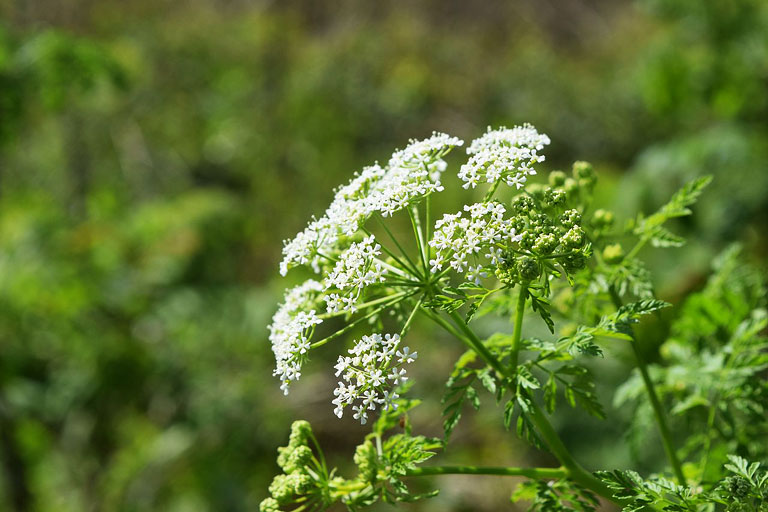
Let’s start with something you’re likely to have heard of. If we’re going to talk about poisonous plants, then right at the top of the list should be hemlock, don’t you think? Widely known for its uses in ancient Greece as a means of execution, hemlock’s most famous victim was the philosopher Socrates, who suffered the effects of the plant’s most potent toxin, coniine.
Ingestion of even small amounts of coniine (6—8 leaves, or an even smaller dose of the seeds or roots, usually does it) causes death by disrupting your body’s neuromuscular junctions, resulting in what is known as “ascending muscular paralysis.” The paralysis typically begins in a person’s legs, and ascends up the body until in reaches the respiratory muscles, resulting in death.
Hemlock again: Cicuta (aka Water Hemlock, death-of-man, poison parsnip)
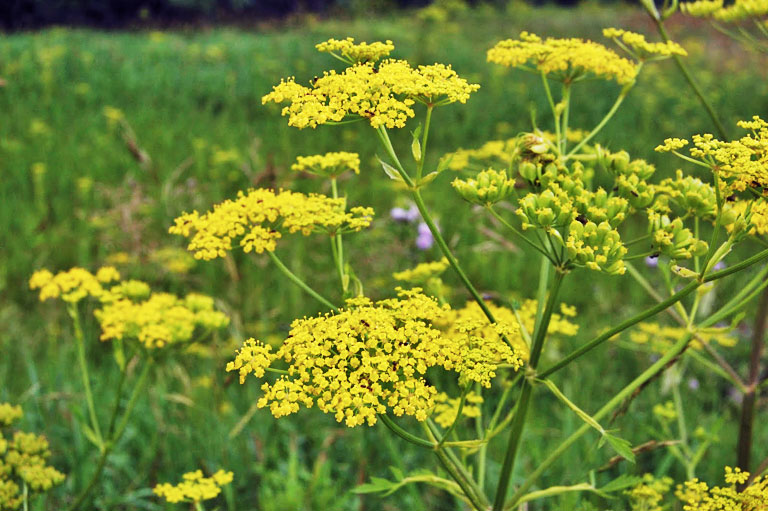
Members of the genus Cicuta belong to the same family of plants as the hemlock that did in Socrates; and their toxic effects are so harrowing they warrant an appearance on this list as well.
There are four species belonging to the genus, and all of them are extremely poisonous. The plants contain a compound called cicutoxin, a chemical that is most concentrated in the plant’s root system. These roots, when pulled freshly out of the ground, are often mistaken for edible plants like parsnip.
Eating the plant, however, is a decidedly awful idea, as cicutoxin is a potent neurotoxin that operates by overstimulating the central nervous system, leading to nausea, abdominal pain, respiratory impairment, kidney failure, irregular heartbeat, tremors, seizures, and death. The neurotoxin is also incredibly potent; ingestion of the plant has been known to lead to death in cattle in as little as 15 minutes.
Nerium oleander (aka Oleander)

This shrub is one of the most dangerous on the list, which is bizarre on account of how widely it’s used as a decorative shrub. This bush pops up in parks, schools, and back yards all over the country, especially in the southern and western regions of the US. And while it might be nice to look at, don’t go chewing on any part of it — its leaves, flowers, and fruit all contain chemicals known as as cardiac glycosides, which, while therapeutic in precise doses, can put you into cardiac arrest if ingested unsystematically.
Aconitum (aka monkshood, wolfsbane, and devil’s helmet)
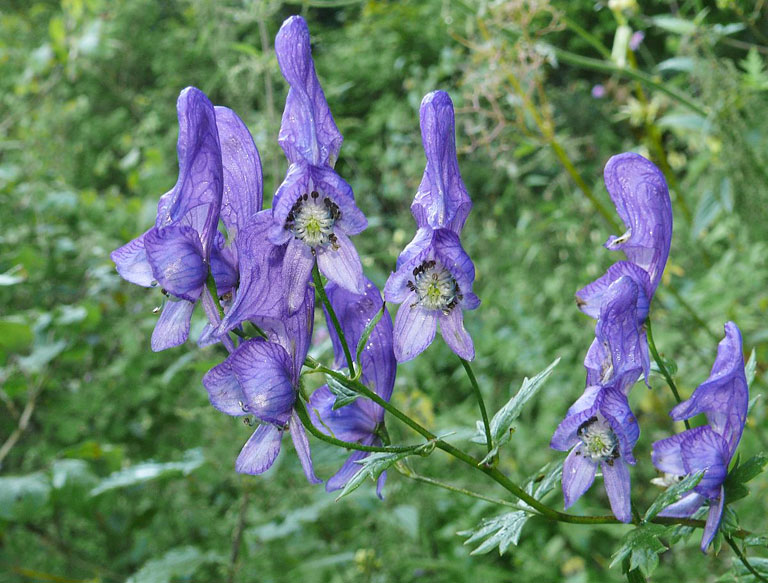
The poisonous properties of members of the Aconitum genus have been known for generations; several species of the plant, for example, have long been used in preparing poison-tipped arrows for purposes of hunting and warfare. In humans, accidental ingestion can be fatal; the plants contains appropriately named aconitine neurotoxins and cardiotoxins, which lead to gastrointestinal complications, motor weakness, and heart and lung paralysis.
Ageratina altissima (aka White Snakeroot)
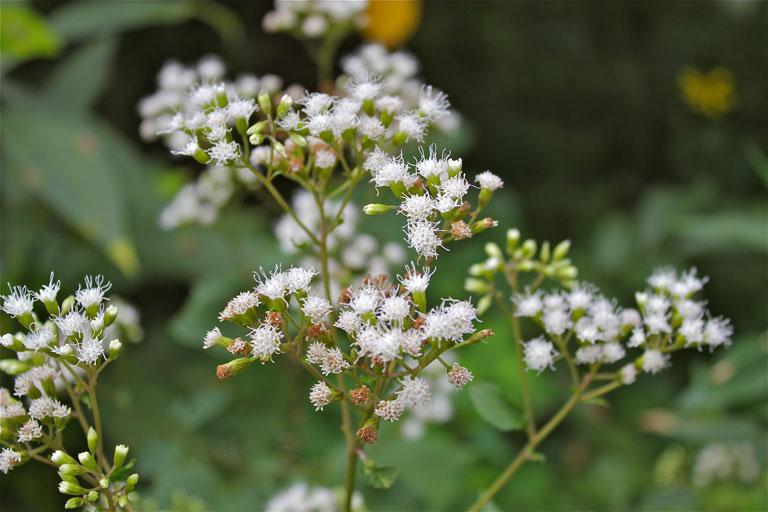
White snakeroot is so potent that just drinking the milk or eating the meat of a cow that’s ingested the plant can lead to severe sickness and even death. The plant contains a toxin called tremetol, which, when ingested by humans, can lead to trembling, vomiting, and serious intestinal troubles. The illness brought on by secondary tremetol ingestion was so widespread in the early 19th century that it became known as “milk sickness,” and is estimated to be responsible for thousands of deaths at the time — including that of Abraham Lincoln’s mother, Nancy Hanks Lincoln.
Brugmansia (aka Angel’s Trumpet)
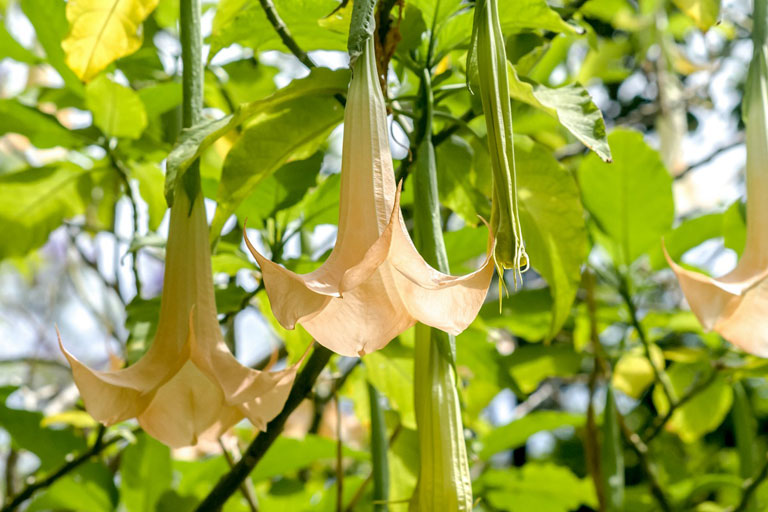
Botanists will tell you that members of the genus Brugmansia get their nickname, “Angel’s Trumpet,” from their large, hanging, trumpet-shaped flowers, which can measure up to 50cm long and 35cm wide at their openings. But we like to think it’s named for the trumpeting angels that will herald your arrival in the afterlife. Ingestion of the plant, which contains dangerous levels of the chemicals scopolamine and atropine, is often fatal.
Dieffenbachia (aka Dumbcane)
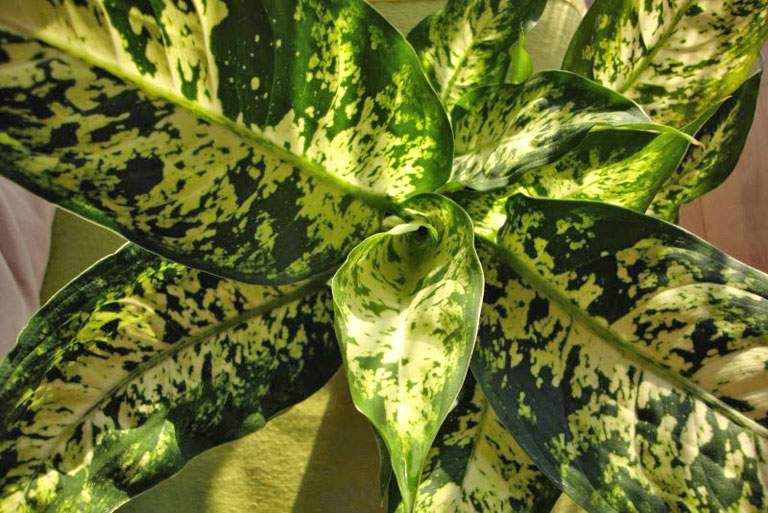
Members of the genus Dieffenbachia are made up of cells containing microscopic needle-shaped crystals of calcium oxalate called raphides, shown here at 600x magnification.
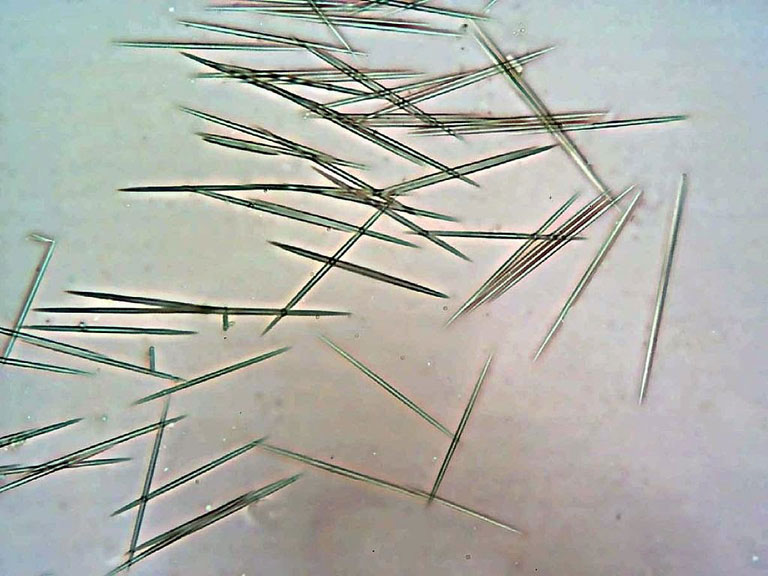
When leaves of the Dieffenbachia plant are chewed, these tiny spears of calcium oxalate typically lead to oral irritation, excessive drooling, and swelling. In rare cases, however, irritation becomes so severe that the tongue, mouth, and throat are effectively immobilized, while tissues become so swollen that the airways are blocked, leading to death.
Abrus precatorius (aka Jequirity, Crab’s Eye, Rosary Pea)

Abrus precatorius is native to Indonesia, where its vibrant black, red, and white beads are often used in the region’s percussion instruments. But the seeds are also highly poisonous on account of their abrin content. Abrin, which is chemically similar to the ricin found in castor seeds (see below), sabotages your body’s functions at the cellular level by inactivating ribosomes, the molecular machines in your body responsible for synthesizing proteins. The abrin content of just one seed is said to be fatal to humans.
Hippomane mancinella (aka Manchineel, manzanilla de la muerte [“little apple of death”])
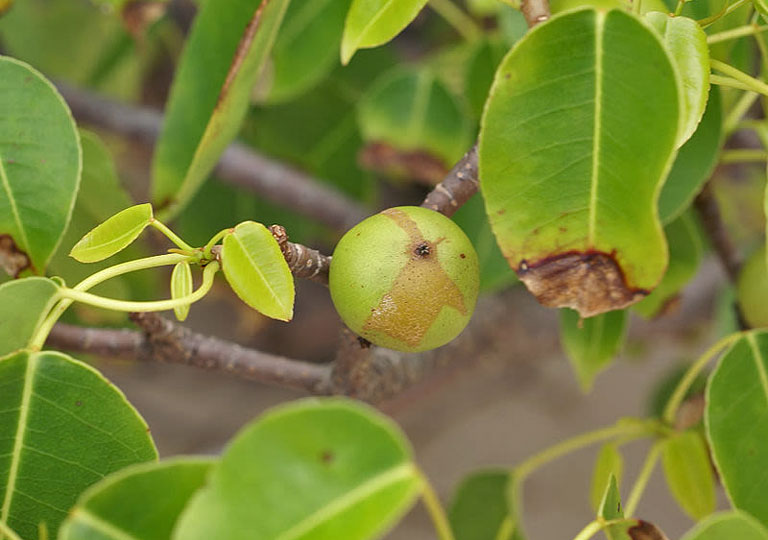
The Manchineel tree does not like company. If you brush up against the tree, the white sap it produces is liable to produce a violent allergic reaction on your skin. Standing beneath the tree during a rainstorm will cause any skin that comes in contact with runoff from the tree to blister.
These epidermal effects are caused by the powerful irritant phorbol, just one of the many toxins found in the tree’s milky sap. Ingesting the tree’s fruit, pictured here, is often fatal on account of its physostignmine content, which can lead to complications involving naseau, vomiting, diarrhea, and seizures. Basically, don’t mess with the manchineel; there’s a reason it’s called “the little apple of death.” You won’t like it, and it definitely doesn’t like you.
Cerbera odollam (aka The Suicide Tree)

This species of tree belongs to the same family as Oleander, and is also quite toxic to humans. The seeds of the Suicide Tree contain a toxin called cerberin, a potent compound capable of disrupting calcium ion channels in heart muscle, which can lead to an irregular heart beat that is often fatal if the toxin is ingested in high enough quantities.
The plant has been referred to by some as the perfect murder weapon. Getting someone to ingest the cerberin in the suicide tree is purportedly pretty easy to do, as its flavor can be disguised by spices when served in food. The toxin is also notorious for being overlooked as a cause of death in autopsies.
It may not come as a surprise, therefore, that a team of French forensic toxicologists concluded that Cerbera odollam is used by more people to commit suicide and murder than any other plant, having identified more than 500 cases of fatal Cerbera poisoning between 1989 and 1999 in the south-west Indian state of Kerala alone.
Ricinus communis (aka the Castor Oil Plant)
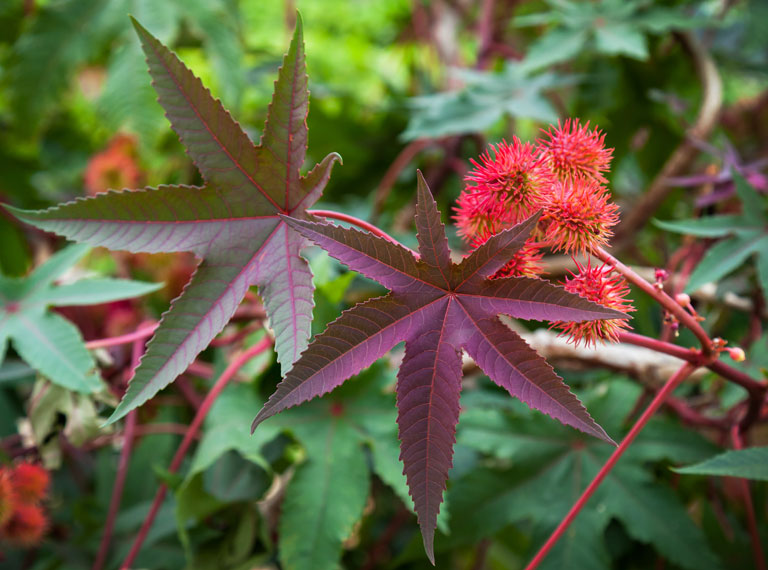
Much like oleander, Castor oil plants can be found in houses and gardens all over the world, despite the fact that their seeds are actually very dangerous — so dangerous, in fact, that the plant is the current holder of the Guinness Book of World Records title for world’s most poisonous plant.
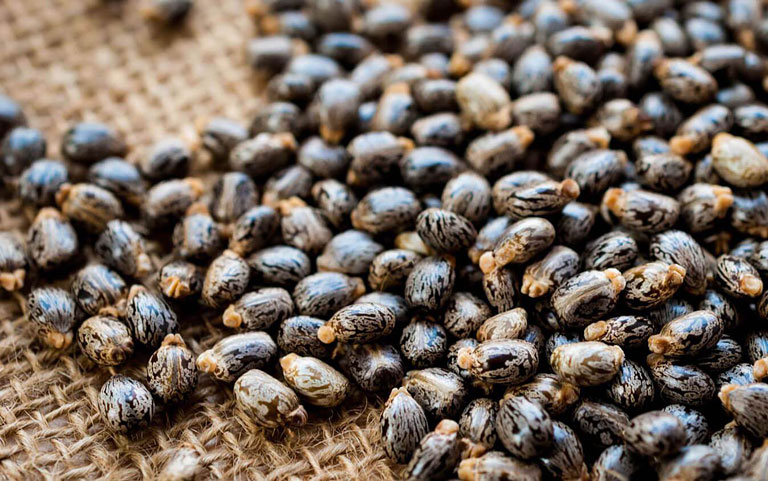
The seeds harbor an incredibly toxic chemical called ricin, and a lethal dose is considered to be in the range of 4 to 8 seeds. Ingestion of the seeds can lead to burning sensations in the mouth and throat, intense abdominal pain, and bloody diarrhea within 36 hours, and can lead to death within 3-5 days if left untreated.

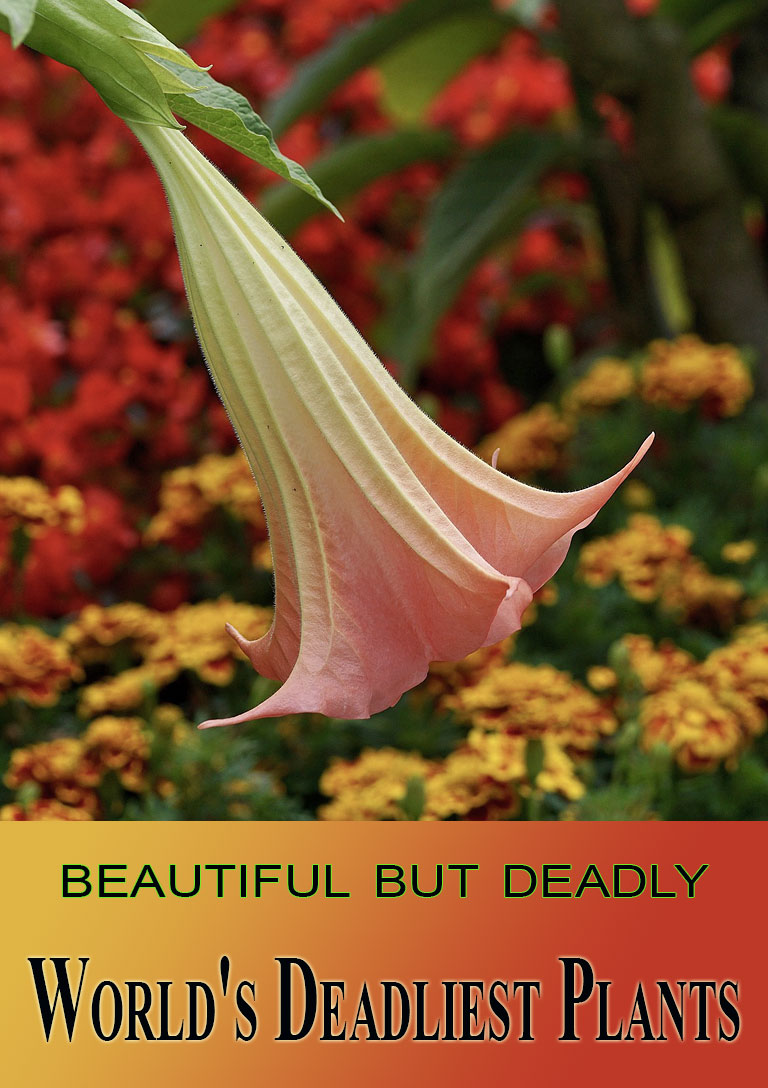

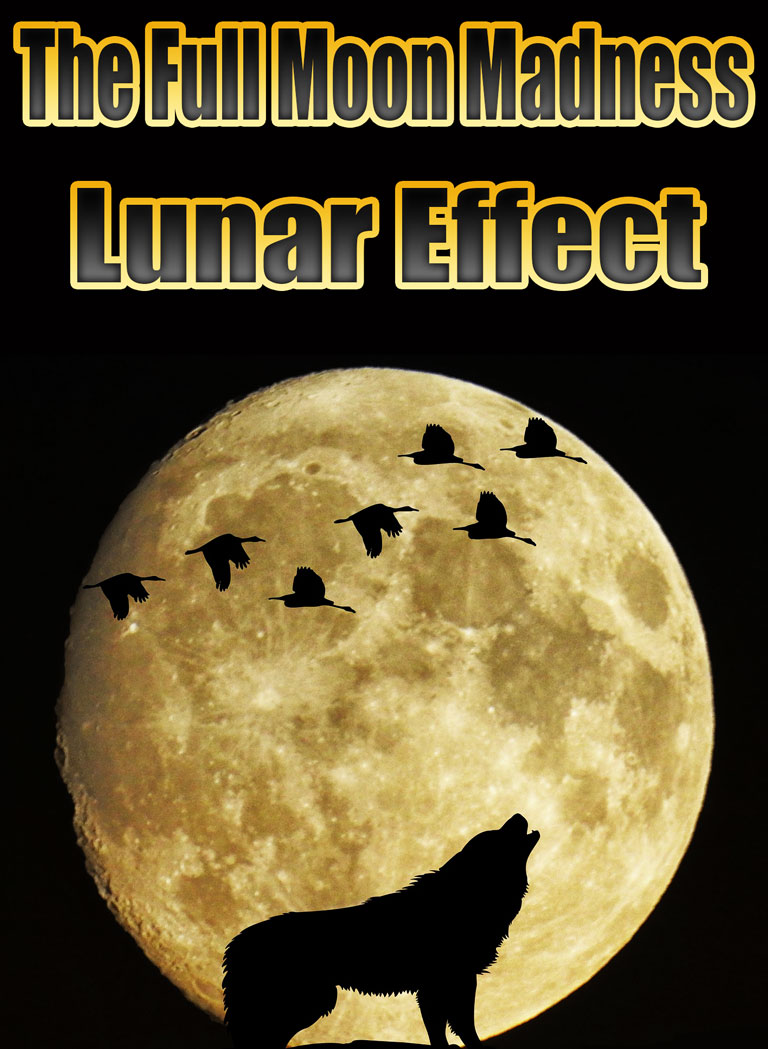
Leave a Reply